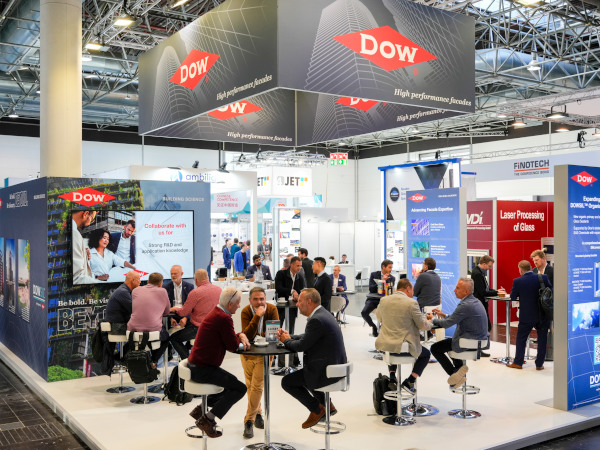Date: 28 May 2015
IGUs are designed to keep buildings warm in the winter and cool in the summer.They typically consist of two or three lites of glass, which create one or two cavities that can be filled with air or a heavier insulating gas such as argon or krypton.
In the four-minute video, a PPG technical expert identifies the five most important factors to consider when choosing to specify a gas-filled or air-filled IGU: U-value, solar control performance, gas leakage, fabrication time and cost, and thickness.
Launched in 2013, the PPG Glass Education Center is a growing online library of technical information that serves as an objective, user-focused resource about designing, specifying and building with glass for architects, specifiers, students, and professionals in the glass, construction and building industries. Content is updated regularly based on the most frequently asked questions PPG gets on its website, during sales calls and through its call center.
To watch the video in the PPG Glass Education Center, visit www.educationcenter.ppg.com. For more information about PPG’s full collection of architectural glass products approved by the CRADLE TO CRADLE CERTIFIED(TM) program, visit www.ppgideascapes.com or call 1-888-PPG-IDEA (774-4332).
.jpg)
.jpg)
PPG Industries (NYSE: PPG) has posted in the online PPG Glass Education Center (www.educationcenter.ppg.com/) a new video comparing the benefits of specifying gas-filled or air-filled insulating glass units (IGUs). In the four-minute video, a PPG technical expert discusses the five most important factors to consider when choosing to specify a gas-filled or air-filled IGU: U-value, solar control performance, gas leakage, fabrication time and cost, and thickness.
Bringing innovation to the surface.(TM)
PPG Industries' vision is to be the world’s leading coatings company by consistently delivering high-quality, innovative and sustainable solutions that customers trust to protect and beautify their products and surroundings. Through leadership in innovation, sustainability and color, PPG provides added value to customers in construction, consumer products, industrial and transportation markets and aftermarkets to enhance more surfaces in more ways than does any other company. Founded in 1883, PPG has global headquarters in Pittsburgh and operates in nearly 70 countries around the world. Reported net sales in 2014 were $15.4 billion. PPG shares are traded on the New York Stock Exchange (symbol: PPG). For more information, visit www.ppg.com and follow @PPGIndustries on Twitter.
Bringing innovation to the surface is a trademark of PPG Industries Ohio, Inc.
Cradle to Cradle Certified is a trademark licensed by the Cradle to Cradle Products Innovation Institute.









Add new comment